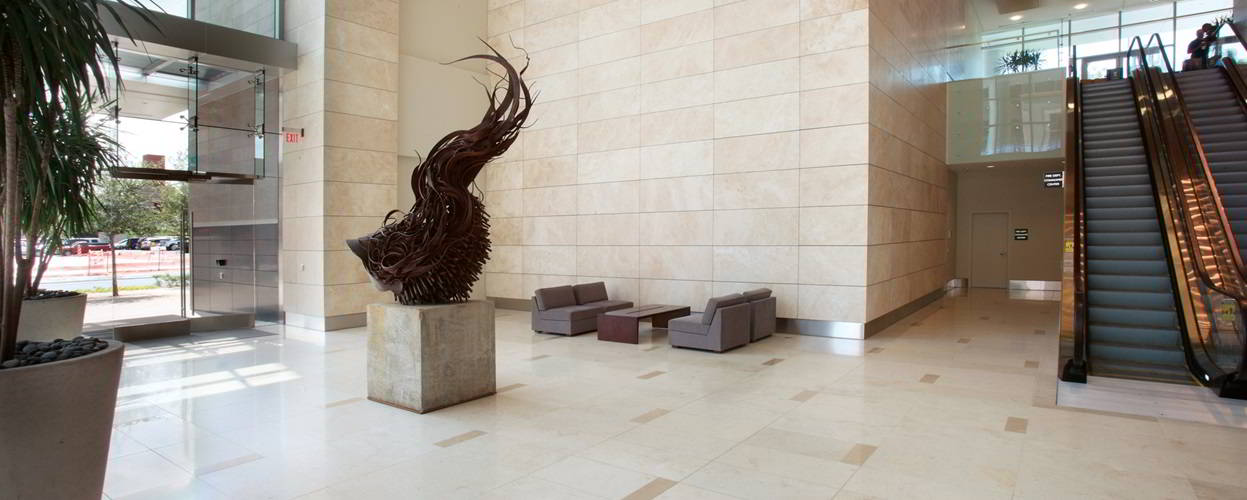What is Travertine?
Training process: Extremely hot water dissolves limestone depths, it reaches the surface, evaporates and leaves behind limestone that reinforces. The stone that formed is filled with gas bubbles.
Travertine is known as a porous marble and is very popular in Italy and other Western countries.
Travertine is a natural stone with cream or brown shades, with special and less common varieties of yellow, red, silver and some combinations. Decorating with this material gives elegance, harmony and style to the environment.
Travertine tiles are used for setting buildings, both interior and exterior cladding outsides, interior walls and floors, to pave courtyards and alleys in gardens or parks. Travertine mosaic is an appropriate solution for covering walls or pillars curved column and combined with travertine tiles, and the tile surface variety is almost unlimited. Belts and girdles, curbs mosaic and water jet cut are decorations that bring beauty and sophistication in any setting.
It is a porous rock limestone (calcite, aragonite and calcite low magnesium), which has a yellow to brown color. Arises from the mouth of springs coming out of the limestone bicarbonate or carbonate-rich rocks through ions, calcium carbonate and carbon dioxide.

